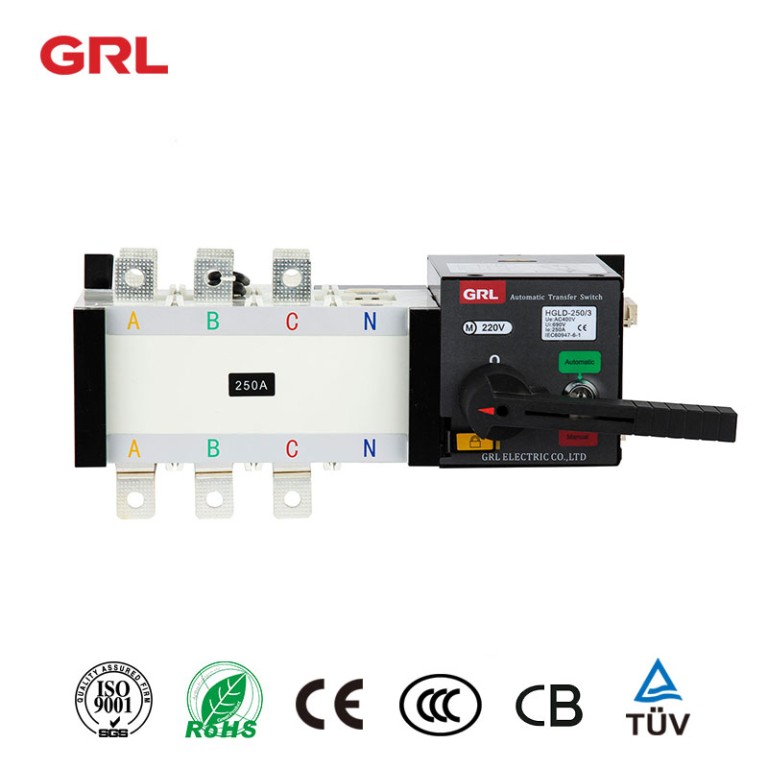
本身
html
Automatic Transfer Switch: Ensuring Uninterrupted Power Supply
In today’s world, where uninterrupted power supply is critical for both residential and commercial applications, the Automatic Transfer Switch (ATS) plays a vital role. This device ensures seamless transition between primary and backup power sources, minimizing downtime and protecting sensitive equipment.
What is an Automatic Transfer Switch?
An Automatic Transfer Switch is an electrical device that automatically transfers power supply from a primary source to a backup generator when it detects a power outage. Once the primary power is restored, the ATS switches back to the main source, ensuring continuous electricity without manual intervention.
How Does an ATS Work?
The operation of an Automatic Transfer Switch can be broken down into three key steps:
- Monitoring: The ATS continuously monitors the voltage and frequency of the primary power source.
- Detection: When a power failure is detected, the ATS sends a signal to start the backup generator.
- Transfer: Once the generator reaches the proper voltage and frequency, the ATS transfers the load to the backup source.
Types of Automatic Transfer Switches
There are two main types of ATS systems:
- Open Transition ATS: Briefly interrupts power during transfer (typically 1-10 seconds)
- Closed Transition ATS: Provides make-before-break transfer with no power interruption
Key Benefits of Using an ATS
Implementing an Automatic Transfer Switch offers numerous advantages:
- Ensures continuous power supply for critical operations
- Protects sensitive electronic equipment from power fluctuations
- Eliminates the need for manual switching during outages
- Reduces downtime and associated costs
- Improves overall system reliability
Applications of Automatic Transfer Switches
ATS systems are widely used in various sectors:
- Hospitals and healthcare facilities
- Data centers and IT infrastructure
- Telecommunication systems
- Industrial manufacturing plants
- Commercial buildings and residential complexes
Choosing the Right ATS
When selecting an Automatic Transfer Switch, consider these factors:
- Power capacity requirements
- Transfer time specifications
- Number of poles (single-phase or three-phase)
- Environmental conditions
- Compliance with local electrical codes
Keyword: Automatic Transfer Switch
Proper sizing and installation by qualified professionals are crucial for optimal performance and safety.
Maintenance Considerations
To ensure reliable operation of your ATS:
- Schedule regular inspections and testing
- Keep contacts clean and properly lubricated
- Verify proper operation of control circuits
- Test under load conditions periodically
- Maintain proper documentation of all maintenance activities
By implementing these maintenance practices, you can extend the lifespan of your Automatic Transfer Switch and maintain its reliability.
